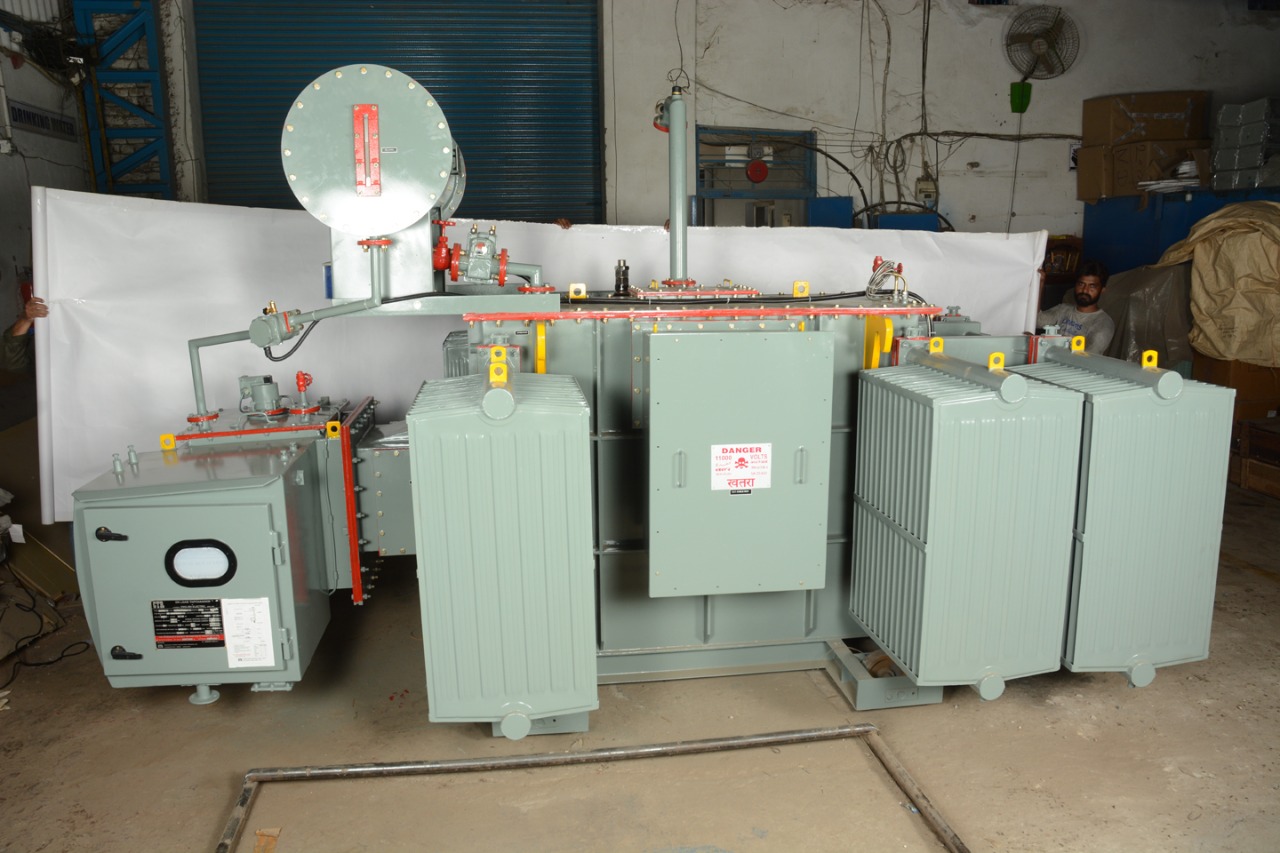A power transformer is a critical electrical device used in the transmission and distribution of electrical energy. It plays a crucial role in voltage conversion and distribution, making it an integral part of the electrical grid. Power transformers are commonly used in electrical substations, power plants, and various industrial applications. Here are some key aspects of power transformers: Voltage Transformation: The primary function of a power transformer is to change the voltage level of electrical energy. It can either step up the voltage (increasing it) or step down the voltage (decreasing it) depending on the application. Stepping up the voltage is typically done for long-distance transmission to reduce energy loss, while stepping down the voltage is done for distribution to homes and businesses. Core and Windings: Power transformers consist of a core and two sets of windings, primary and secondary. The core is typically made of laminated iron or other magnetic materials. The primary winding is connected to the input voltage source, while the secondary winding is connected to the output load. The magnetic flux in the core induces a voltage in the secondary winding, based on the turns ratio. Isolation: Power transformers provide electrical isolation between the primary and secondary windings, which is crucial for safety and preventing electrical interference. Efficiency: Transformers are designed to be as efficient as possible in transferring electrical power from the primary side to the secondary side. The efficiency is affected by factors like core and winding materials, design, and load conditions. Cooling Systems: Transformers generate heat during operation. To prevent overheating, they are equipped with cooling systems, which can be air-cooled or liquid-cooled, depending on the size and application of the transformer. Types of Transformers: There are various types of power transformers, including distribution transformers (used for lower voltage distribution), power transformers (used for higher voltage transmission), and special-purpose transformers for specific applications. Maintenance: Regular maintenance and monitoring are crucial for the safe and reliable operation of power transformers. This includes checking for oil levels, conducting insulation tests, and ensuring that the core and windings are in good condition. Transformer Oil: Many power transformers are filled with transformer oil (mineral oil) to provide both electrical insulation and cooling. The oil also helps dissipate heat generated during operation. Protection: Transformers are equipped with protective devices such as relays and circuit breakers to safeguard against overloading, short circuits, and other fault conditions. Power transformers are essential components of the electrical grid, ensuring that electricity can be efficiently and safely transmitted over long distances and distributed to homes and businesses at the right voltage levels. Their reliability and proper maintenance are critical to maintaining the stability and efficiency of the power distribution system.
- Email : voltmechelectromagnetics@gmail.com
- ISO 9001:2015 Company

